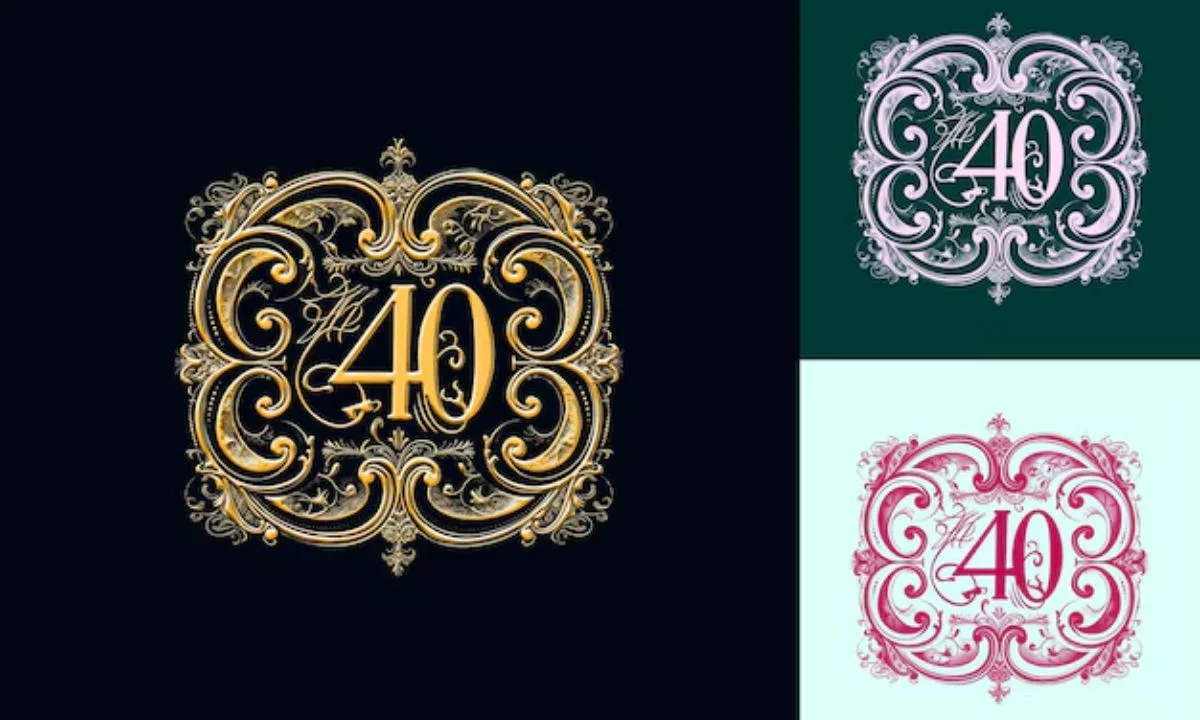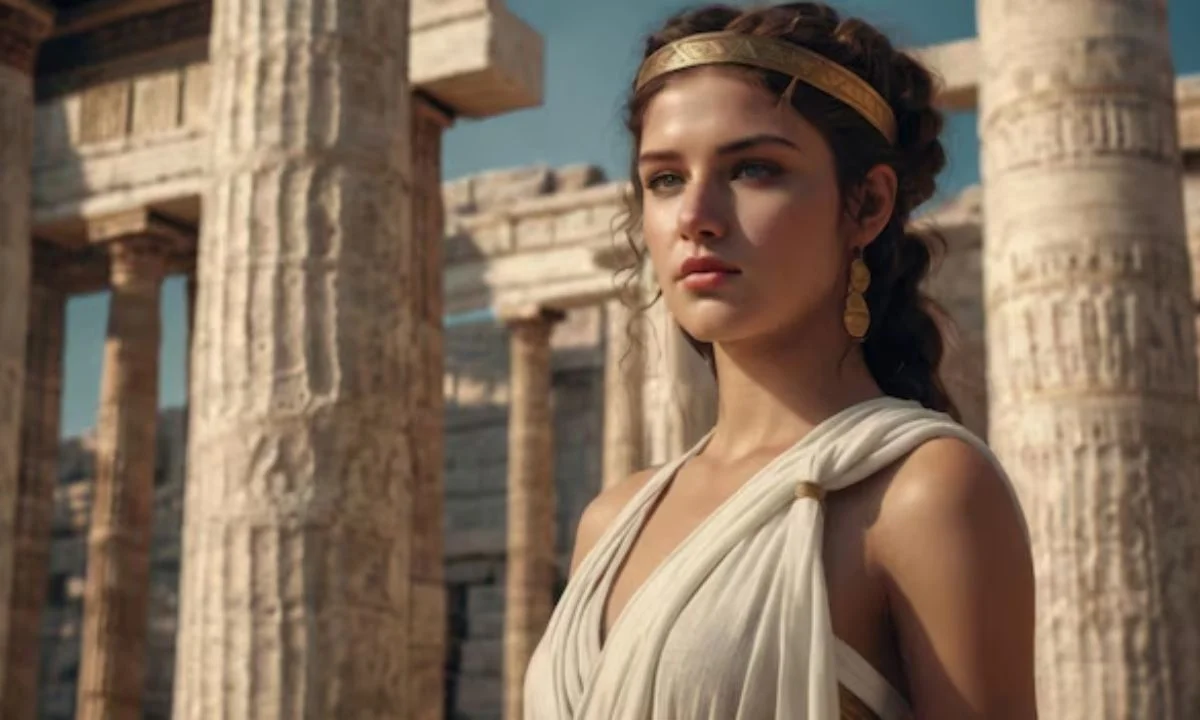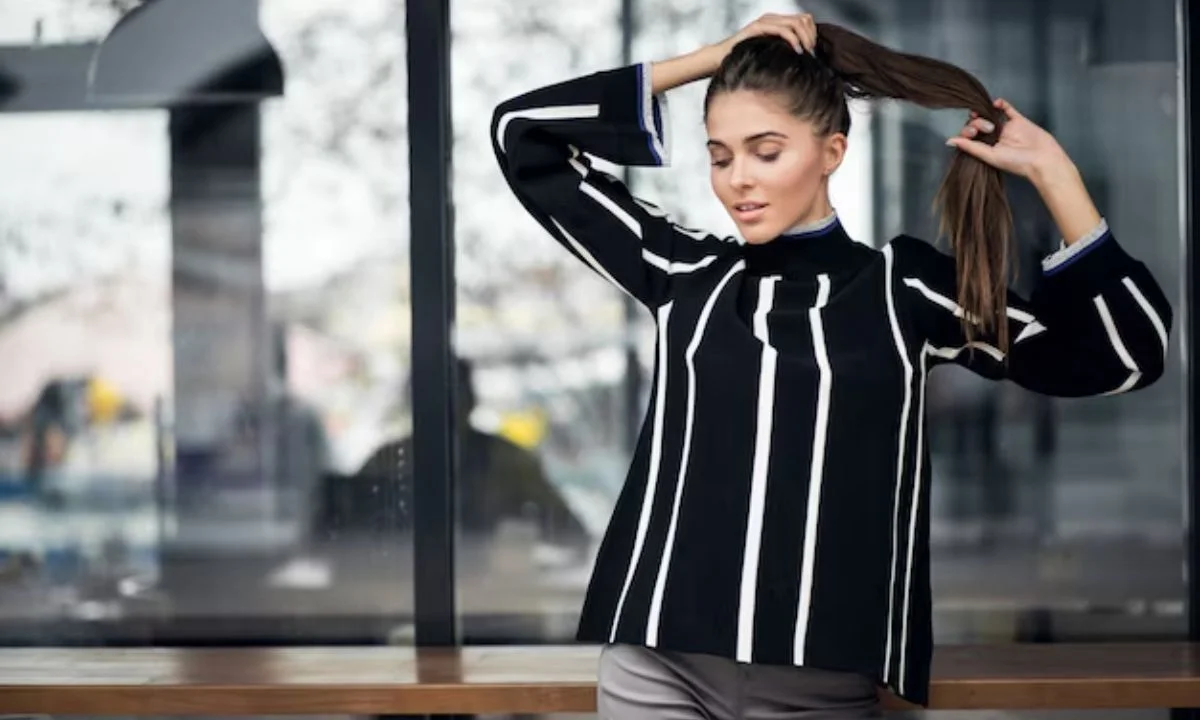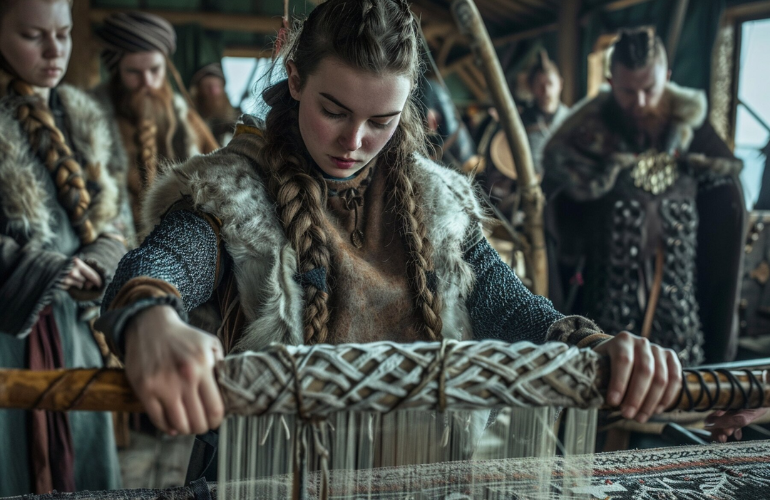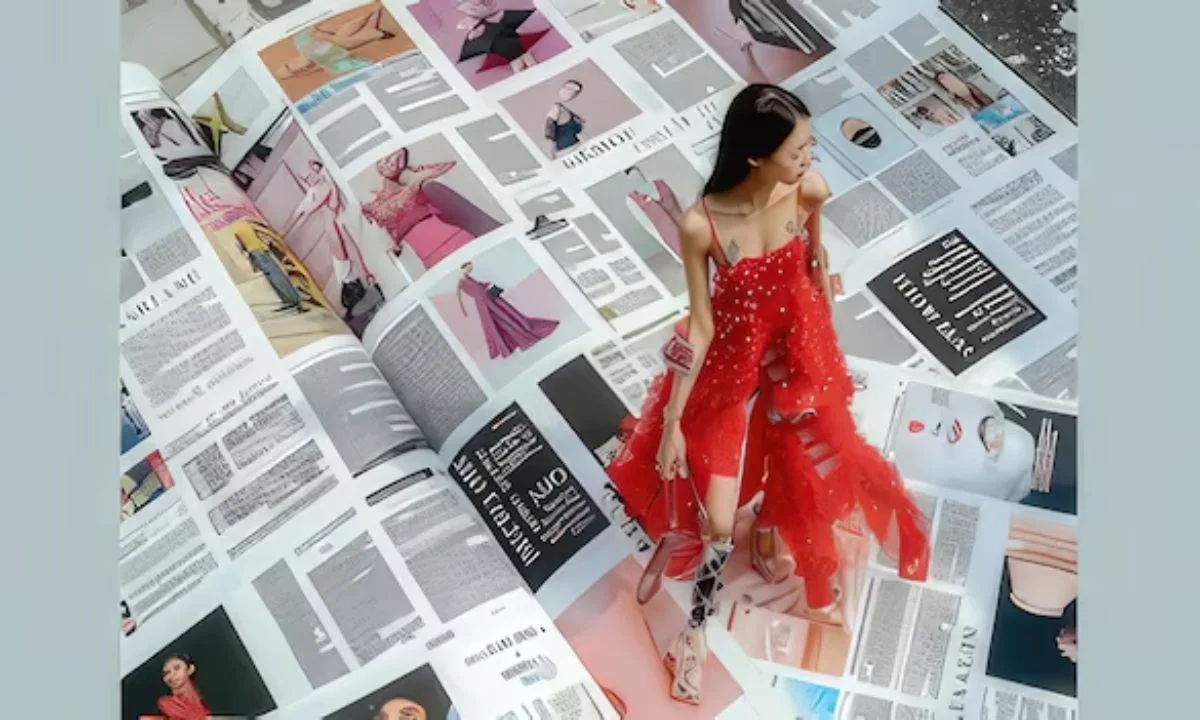Since 1962, the French fashion monogram has become a symbol of elegance, luxury, and timeless style. This iconic emblem represents not only high fashion but also the craftsmanship and heritage that France is famous for. Over the decades, French fashion houses have used monograms to signify exclusivity, transforming them into cultural symbols recognized worldwide.
In this article, we’ll explore the origins of the French fashion monogram, its rise to prominence, and how it continues to shape the modern fashion industry. Through careful design and historical context, the monogram has evolved while maintaining its relevance and prestige.
Must read FFXIV Fashion Report: A Complete Guide to Style in Eorzea
How the French Fashion Monogram Since 1962 Rose to Prominence
In 1962, several notable French fashion brands began to adopt the monogram as part of their brand identity. A monogram is essentially a design consisting of one or more letters, often the initials of the brand’s founder. The elegance of French monograms lies in their intricate yet minimalistic design, making them both functional and artistic.
Luxury fashion houses like Louis Vuitton, Yves Saint Laurent, and Chanel were among the pioneers of this trend. Their monograms didn’t just represent their names but also a promise of quality, style, and exclusivity. These emblems were crafted with care, often appearing on leather goods, textiles, and even jewelry, instantly turning everyday items into status symbols.
The Evolution of the Monogram in French Fashion
The French fashion monogram has changed over the years to reflect shifts in the fashion landscape. Initially, monograms were used primarily on handbags and accessories. However, as fashion evolved, so did the monogram. In the 1980s and 1990s, monograms began to appear on clothing, shoes, and even home décor items, showing the versatility of these iconic symbols.
For example, Louis Vuitton’s LV monogram, originally designed for luggage, expanded into handbags and apparel. This evolution highlights how French fashion brands adapted their designs to meet changing consumer demands while maintaining the essence of luxury and exclusivity.

The Role of French Monograms in Modern Fashion
Today, the French fashion monogram remains as relevant as ever. Many brands have incorporated their historic monograms into modern collections, appealing to both long-time fans and younger, fashion-forward audiences. The rise of streetwear culture has also embraced monograms, mixing high fashion with casual looks. As a result, French monograms can be seen on everything from sneakers to athleisure wear, expanding their influence far beyond traditional luxury goods.
French Fashion Monogram Since 1962 So even in the digital age, where trends change at lightning speed, French fashion houses have managed to keep their monograms fresh and desirable. By collaborating with contemporary designers and artists, brands like Balmain and Celine have brought new life to their classic designs, ensuring their continued appeal to the modern consumer.
Iconic French Brands and Their Timeless Monograms
- Louis Vuitton (LV Monogram): Established in 1854, Louis Vuitton is perhaps the most famous French brand that uses a monogram. The LV monogram, introduced in 1896, became even more iconic in the 1960s as part of the brand’s shift to fashionable accessories. Today, the LV monogram represents global luxury.
- Yves Saint Laurent (YSL Monogram): Yves Saint Laurent introduced the YSL monogram in the 1960s, which has since become synonymous with high-end fashion and sophistication. From handbags to fragrances, the YSL monogram remains a staple in the luxury fashion world.
- Chanel (CC Monogram): Chanel’s CC monogram is a symbol of timeless elegance. Introduced by Coco Chanel herself, this monogram is most commonly seen on handbags and jewelry. Since its introduction, the CC monogram has become an emblem of classic French style.
- Hermès (H Monogram): The Hermès H monogram is another example of the subtle yet powerful use of monograms in French fashion. Known for their luxurious silk scarves and leather goods, Hermès has maintained the exclusivity of its brand through the simple elegance of its monogram.
How Monograms Have Influenced Global Fashion Trends
The influence of the French fashion monogram since 1962 has extended well beyond France. International brands often look to French fashion houses for inspiration, adopting similar techniques in their own designs. Monograms are no longer restricted to luxury fashion; they’ve entered mainstream culture as well, influencing casual wear and even sports apparel.
French monograms are often imitated but never duplicated. Their distinctiveness comes from the rich history and craftsmanship behind them. This level of artistry is hard to match, which is why French monograms remain a key element in defining luxury fashion worldwide.

Why the French Fashion Monogram Has Stood the Test of Time
Several factors contribute to the enduring appeal of the French fashion monogram. First, these monograms are deeply rooted in tradition. French fashion brands are known for their heritage, and monograms serve as a reminder of that legacy. Secondly, monograms are highly versatile, lending themselves to a wide range of products. Whether it’s a leather handbag, a silk scarf, or a pair of sneakers, a French monogram instantly elevates the item.
Additionally, French Fashion Monogram Since 1962 evoke a sense of identity and belonging. Wearing a product with a famous monogram can make someone feel connected to the luxury lifestyle that the brand represents. This emotional connection, combined with high-quality craftsmanship, ensures that French fashion monograms remain relevant and desirable.
The Future of French Fashion Monogram Since 1962
As fashion continues to evolve, it’s likely that the French fashion monogram will continue to adapt to new trends while preserving its essence. We may see more brands collaborating with digital artists, incorporating technology into their designs, and finding innovative ways to modernize their monograms.
Sustainability is also becoming a significant focus in fashion, and monograms could play a role in this movement. As brands move toward more eco-friendly practices, their monograms could serve as symbols of sustainable luxury, offering consumers a way to express their style while supporting ethical fashion.
Conclusion
The French fashion monogram since 1962 is more than just a logo—it’s a symbol of timeless elegance, history, and innovation. From the rise of iconic brands to their modern interpretations, French monograms have left an indelible mark on the fashion industry. As brands continue to evolve, these emblems will undoubtedly remain at the forefront of style, representing the perfect fusion of tradition and modernity. Whether through new collaborations or eco-friendly designs, the future of French fashion monograms looks brighter than ever. Click here for more information.

What is the significance of the French fashion monogram since 1962?
The French fashion monogram symbolizes elegance, luxury, and exclusivity, representing a rich heritage in the fashion world since 1962.
Which are the most famous French fashion monograms?
Some of the most iconic monograms include Louis Vuitton’s LV, Yves Saint Laurent’s YSL, Chanel’s CC, and Hermès’ H.
How have monograms influenced modern fashion?
Monograms have influenced global fashion trends, blending luxury with everyday wear, and have become key elements in both high fashion and streetwear.
Are French fashion monograms still popular today?
Yes, they remain highly popular, with many brands continuing to innovate and modernize their classic monograms to appeal to contemporary audiences.
How has the French fashion monogram evolved over the years?
Initially used on handbags and accessories, monograms have expanded to clothing, footwear, and even home décor, adapting to modern trends while maintaining their luxury appeal.

